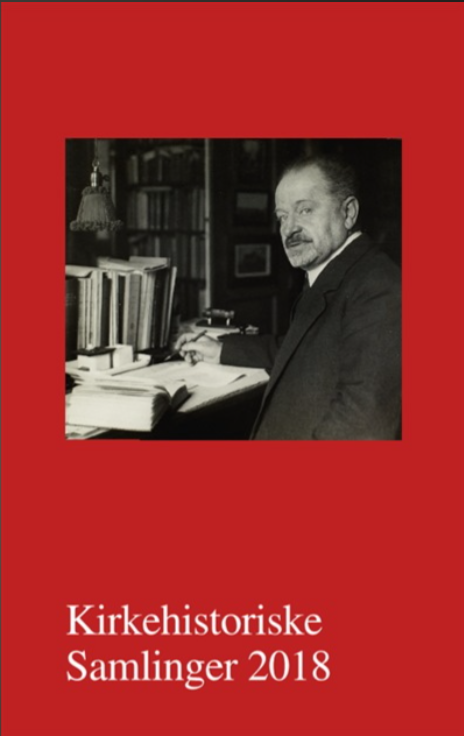Publiceret 25.02.2025
Citation/Eksport
Copyright (c) 2018 Tidsskriftet Kirkehistoriske Samlinger

Dette værk er under følgende licens Creative Commons Navngivelse – Ingen bearbejdelser (by-nd).
Resumé
For J.P. Mynster og H.L. Martensen var folkekirken en gren af den hellige almindelige kirke. Denne kirkes fundament var de evangelisk-lutherske bekendelsesskrifter og præsternes apostolske forkyndelse med forvaltning af dåb og nadver. Der var dog klare forskelle i filosofi, teologi og i synet på kirkens rolle i samfundet. Det vil denne artikel handle om. Martensen ville værne embedet og præsternes rettigheder som stand, mens det for Mynster først og fremmest drejede sig om forkyndelsen i sognet. Han ønskede en rummelig kirke af tilhørere, hvor romantikkens ideal om individualitet var fortegnet, mens Martensen nærmest gik ind for en gejstlig embedskirke som værn mod den nye tids sekularisering og den konfessionsløse Rigsdags magt.
Summary
Bishop Mynster wanted to maintain scientific differences between his generation and the young Hegelian generation among whom he included H.L. Martensen. Mynster rejected a philosophically harmonious solution. On the contrary, he emphasised a supranaturalistic view and the opposition between rational nature and the revelation of Christ. Mynster’s and Martensen’s different ways of thinking were expressed in the debate on baptism. In the christening ceremony, according to Martensen, the objective divine act and the seed of the child’s subjective faith were mediated into a great unity in the rebirth of the christening ceremony. Later in life, subjective faith would grow with the act of confirmation. Mynster did not think dialectically. He insisted on God’s objective act in the christening ceremony followed by the subjective growth of the child through the grace-giving qualities of ritual and completed with the ceremony of confirmation. The two bishops’ opinions on the Church also differed. In Mynster’s view the State and the parish provided the Church’s basic framework whereas Martensen regarded the clergy to have a leading role of a mediator. In the debates on Church constitution c 1850 Martensen wanted a church council with full and complete authority within internal matters concerning rituals, doctrine, discipline in reply to secularization and the power of a secular Rigsdag. Martensen liked to emphasise ecclesiastical influence on the Church and he felt uneasy about laymen’s influence. In Mynster’s view, on the contrary, the role of the priest was not that of a mediator. The State provided the Church’s primum mobile.

